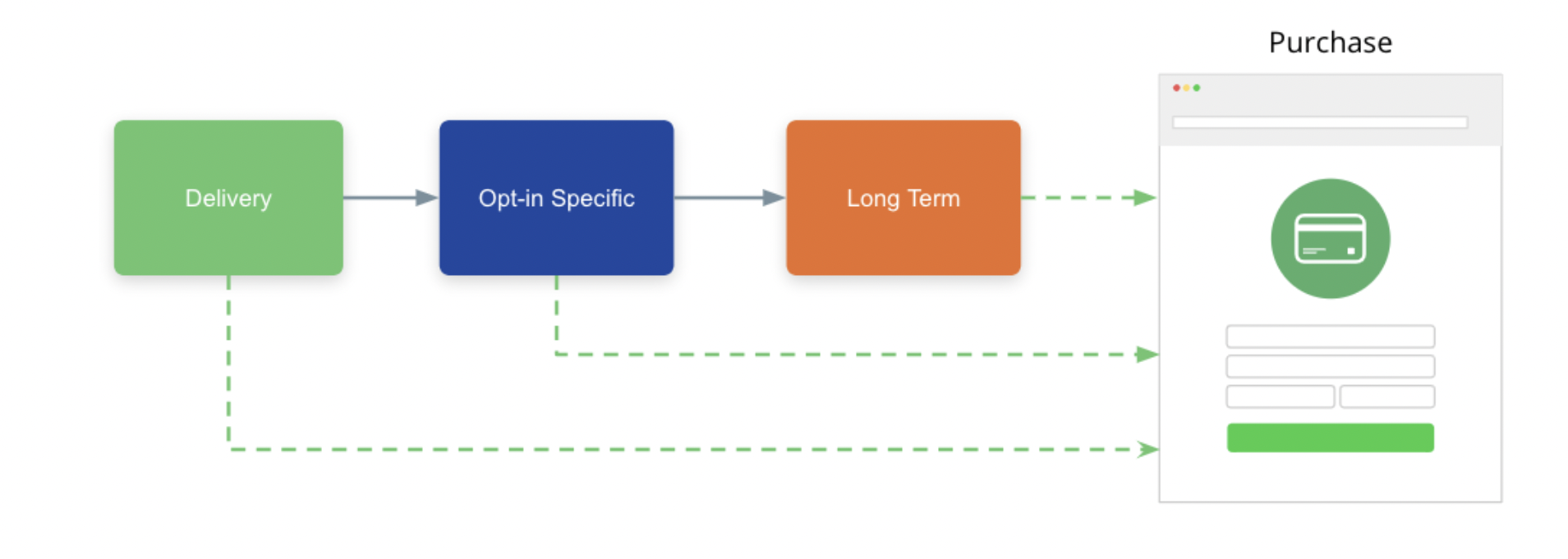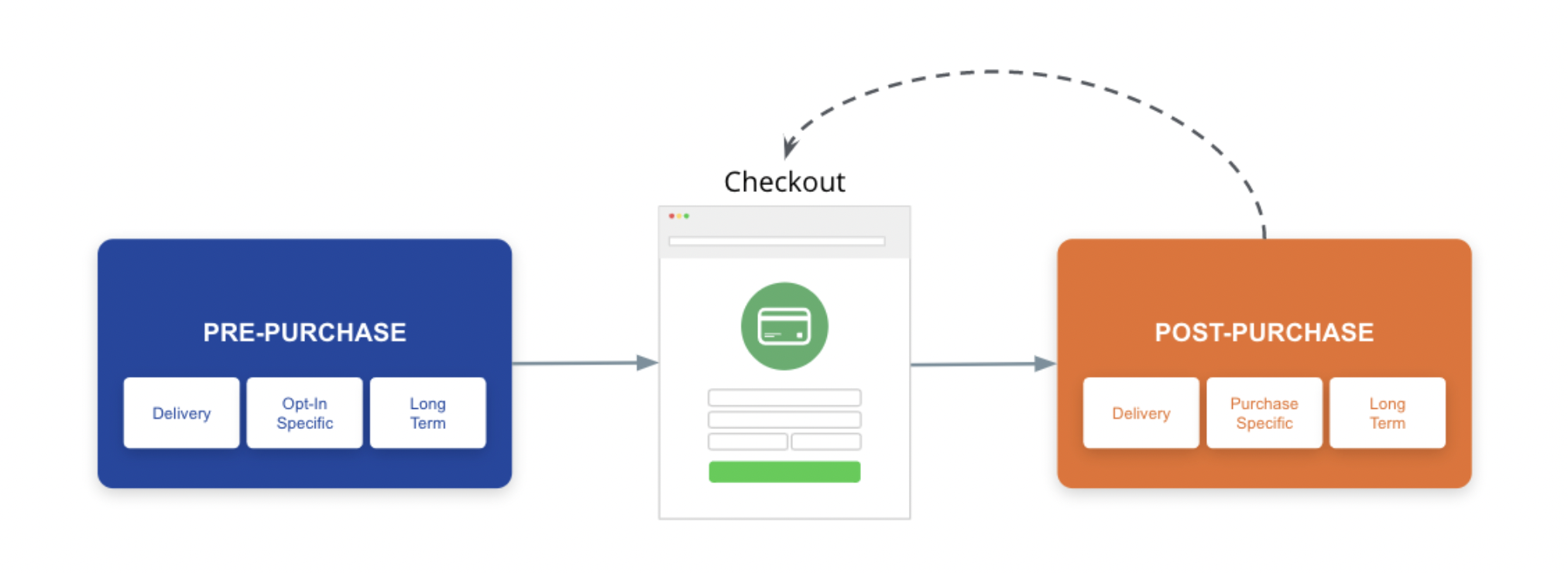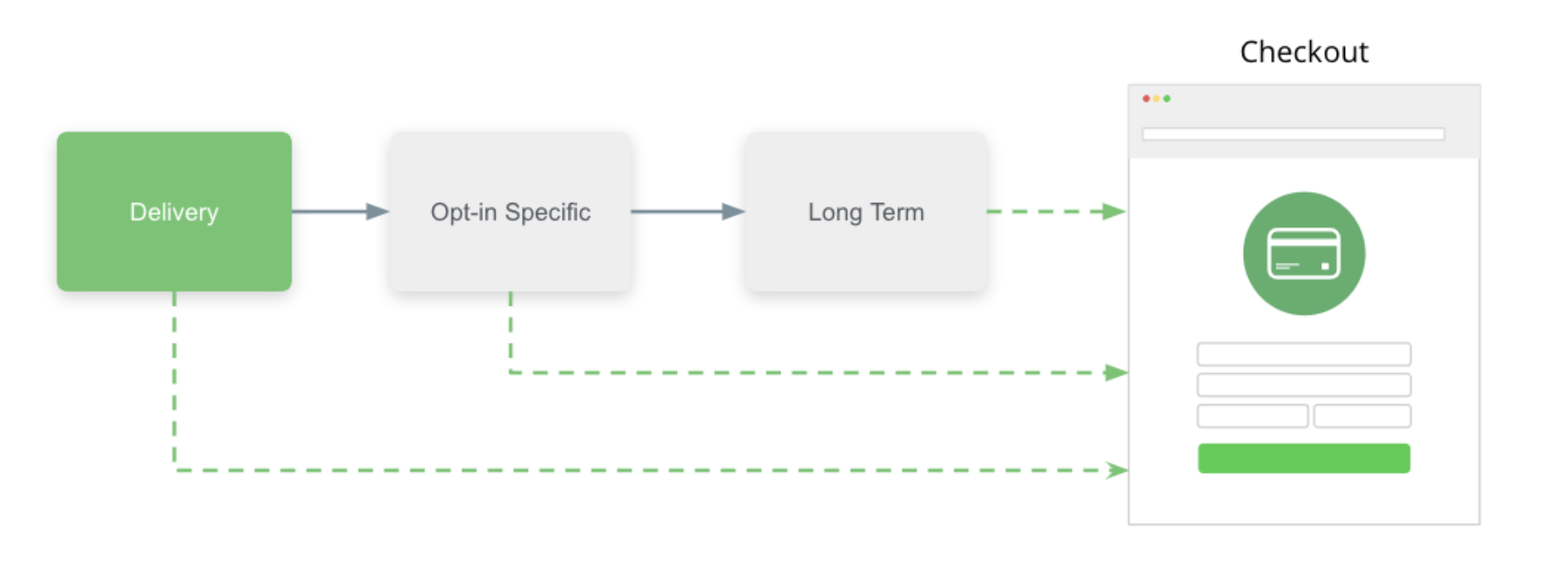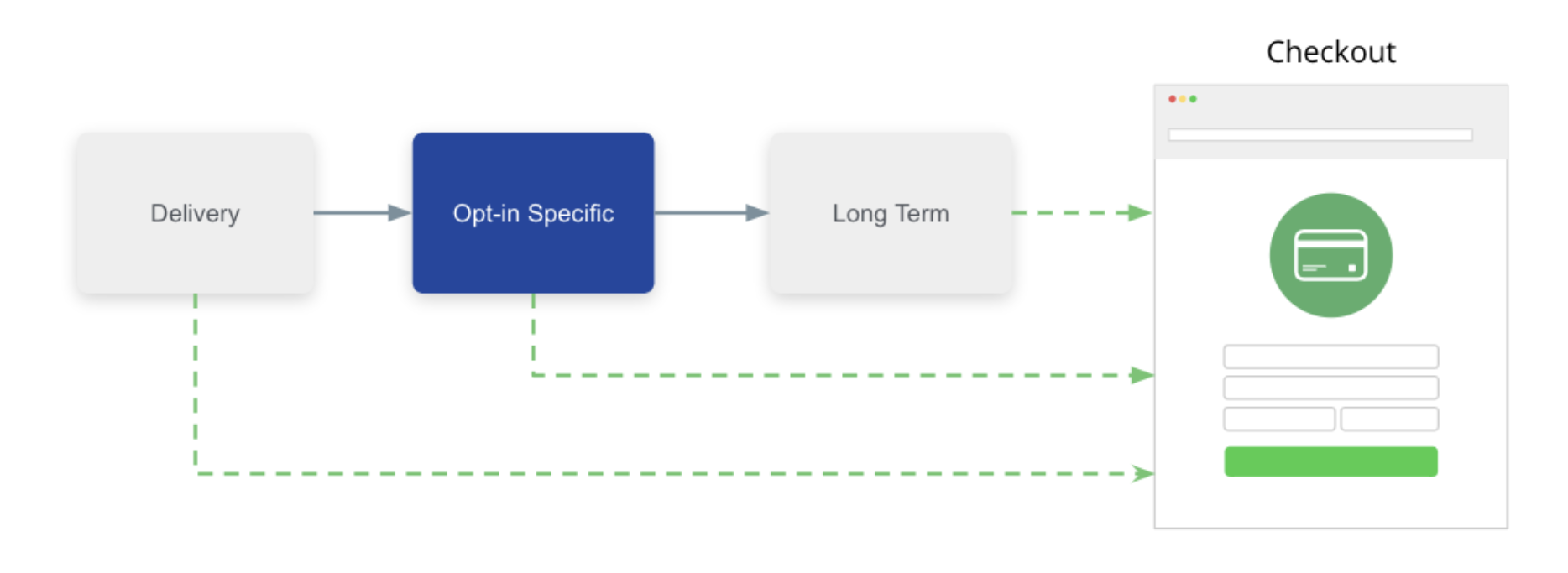The common adage in marketing and sales goes as such…”The fortune is in the follow up”.
This statement is true in all aspects, when you are actually following up with your leads and prospects consistently. The truth of the matter is most small businesses do not.
In today’s digital age, it takes 7-12 marketing touches to convert a lead to a customer. However, only 8% of salespeople follow up more than 5 times leaving 92% of the market at any given time left wondering what happened.
While it’s popular to think you have a lead generation problem, more often than not you really have a follow up problem.
While it’s popular to think you have a lead generation problem, more often than not you really have a follow up problem.
In fact, if you want to set yourself apart from the competition in any industry, simply follow up with every lead that comes in contact with your business.
Simple right? Not actually…
One reason is often times following up with leads can be expensive. Traditionally, this has required the hiring of a sales team that involved hourly pay and commissions. Finding good, reliable talent isn’t easy at all. Factor in the training involved for them to understand your product to sell it effectively and you start to see why it’s not so easily done.
Enter in technology.
It provides all small businesses with the ability to automate this critical and foundational area of business operations. Unfortunately, more than the majority of businesses are struggling executing this digitally. Revisit the common adage mentioned above and we now see the complete statement as such…
“The fortune AND the failure is in the follow up.”
Otherwise stated…no follow up, no fortune.
This guide will walk you through how to solve this problem for good.
What Does it Mean to Follow Up?
Any response to someone that has initiated contact with your business is considered follow up. It’s extremely important as good marketing doesn’t just create and capture interest, but it grows that interest through effective communication by way of following up.
Any response to someone that has initiated contact with your business is considered follow up
This was more straightforward for traditional businesses, pre-internet, as there were usually a couple primary means for a person to express interest:
- Phone call
- In-person
Times have changed.
With the advancement of technology and inception of digital marketing, expressing interest can now take place on a variety of digital marketing channels. They include, but are not limited to:
- Website form – opt-in software, contact form, and/or in-take form
- Social Media – direct message and/or comments
- Text message
- Mobile app
Therefore, any channel setup to capture information from prospects, leads, and customers must be matched with the ability to respond in a timely fashion.
Ultimately, the goal in your business is to ensure you are following up with 100% of your contacts 100% of the time.
This can only be achieved through the strategic and effective use of technology.
The Foundational Follow Up Structure for High Results
Getting our follow up structure in place does not need to be difficult or overcomplicated. There is a structure that you should follow regardless of the industry that you are in. It can be categorized into three phases:
- Delivery
- Opt-in Specific
- Long Term

Each phase has a purpose and call-to-action to effectively move contacts through them from left to right. With the final measure of success being a completed transaction.

To do this properly, however, you must understand how this structure is implemented across the entire customer journey.
Therefore, we must envision the customer journey as two stages:
- Pre-purchase
- Post-purchase
Pre-purchase consists of new leads that need marketing and nurturing to purchase. Post-purchase consists of repeat customers (yes, you need a follow up strategy in place to turn one-time buyers into long time, repeat buyers).
You need a follow up strategy in place to turn one-time buyers into long time, repeat buyers

Automation Tip: Pay close attention to the change in the follow up structure from “Opt-In Specific” to “Purchase Specific” after the initial transaction is complete.
A strong business has both follow up structures in place. A scalable business has both in place powered by automation to produce predictable results. For the rest of this guide, we’ll walk you through each phase and discuss how they differ, if at all, from the pre-purchase and post-purchase journey.
How To Deliver Your Initial Email
Once a contact takes action by way of submitting their information, it is critical to respond immediately.
Pre-purchase follow-up is usually in response to some form of a free offer (or Leadmagnet). Something of high value given away for free in exchange for information (usually name and email at a minimum).
The opportunity here is to capitalize on the attention that they are giving your business as it may fade quickly. While attention is at its high, you want to not just follow up immediately, but also place your most valuable and compelling messaging in front of them.
The opportunity here is to capitalize on the attention that they are giving your business as it may fade quickly
In addition, your call-to-action should introduce them to the next step required to become a customer. For accurate expectation setting, don’t expect a lot of people to take immediate action and purchase your product. However, don’t neglect having this path in place for those who will.
For new leads, they only proceed to the next phases of Opt-in Specific and Long Term if they have not purchased the product (which most leads will not).

Post-purchase follow-up is a response to a completed transaction. Many business owners mistake this as the finish line. They rejoice for a new sale then immediately go out looking for another.
However, your post-purchase email is a key element to establishing a strong rapport with your customer, affirm them that their purchase was the correct decision, and prepare them for the next steps to take (think onboarding).
Lastly, this email is especially important if they do not receive immediate access to their product (shipping, scheduling, etc.). In fact, in those cases, we like to look at the initial email as part of the product and it should be written as such.
For customers, they always proceed to the next phase, Opt-in Specific, as it is part of their onboarding experience.
Creating a Sequence Specific to Their Opt-In
The next phase your contacts will go through is specific to the previous action they have taken. The context of this sequence is relative to the reasoning they provided their information along with the messaging they received in the delivery email.

For pre-purchase leads, the purpose of this sequence is to make the connection between what they received for free and what products and services you offer. Consistency in messaging is key here as they may not know what you have to offer and this is the first time they may experience the connection.
Each email in this sequence should have a call-to-action for the next step required to become a customer.
For customers, this sequence serves as their onboarding. It is often timed according to your delivery schedule. If they receive the product immediately, onboarding practically begins with the welcome email and is continued throughout this phase. If the product is shipped, this sequence may be delayed until after they have received the product.
In many cases brands will start the onboarding process while the product is being shipped to better prepare the customer so they can get immediate value from immediate usage once the product is received.
Keeping Them Engaged for the Long Run
Staying relevant and on top of mind is important for all contacts generated whether they remain a lead, purchase a product, or become repeat customers. You cannot be too shortsighted in business that you neglect the long play.

There are many cases where the Long Term phase is the same for pre and post-purchase. Most commonly these are some type of newsletter, published report, or some other form of content.
Even in the event where this phase differs for both parts of the customer journey, the purpose remains the same…stay on top of mind. The key to pulling this off effectively is frequency.
You want to select a frequency of sending messaging that is realistic and allows you to be consistent. There are many reasons for consistency specific to this phase; however, the most important being that it is an opportunity to continue to deliver value to your audience.
How to Automate This for Your Business
Now that you understand the fundamental follow up structure and model, it may be more apparent now than ever that this cannot be done with people. Technology is required. Not just required, it is a godsend as it allows you to shore up this critical area of your business with minimal investment in human resources.
But you must know how to do this properly.
As valuable as this guide is, there is no way it could serve as your all encompassing tutorial of what to do. Let alone how to set it up in your business.
Things such as:
- The type of copy for each email
- The timing between each
- Usage of conditional content for personalization
- Prevention of repeat messaging
- Measuring conversions for every email sent
This is where automation comes into play.
It is not just about moving them efficiently through the follow up phases, but to do so in a personalized fashion for maximum results
It is not just about moving them efficiently through the follow up phases, but to do so in a personalized fashion for maximum results. Ensuring they do not receive duplicate messaging even if they take the same action more than once. Creating dynamic paths throughout their journey coupled with messaging that speaks to the exact path they are on and what steps to take next.
A fully automated follow up is something you are proud of and excited to send all of your leads through as you know any step they can take will be accounted for and responded to accordingly.
We have implemented this structure for service based businesses as well as product based e-commerce storefronts and have achieved massive success with both. But there is an art to this.
A certain level of acumen you must obtain in order to implement this in your business at scale.
If you’d like, you can continue to consume free resources (like this) and search the web and social communities for the answers you need. Or you can shortcut the long line of success and get immediate access on how to implement this in your business today.
If you're looking for a shortcut and ready to do the work, we invite you to join our automation workshop to show you how to do it all. [logichop_block id=”ecommerce-article-link”]
